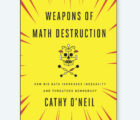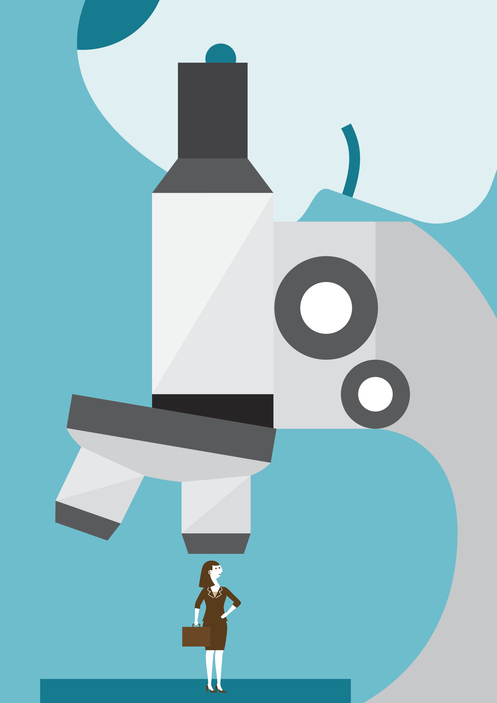 Our Meet the Veep column introduces CAS Vice Presidents who serve on the Executive Council to our members and candidates. In this installment, we are pleased to introduce CAS Vice President–Research and Development David Cummings.
Our Meet the Veep column introduces CAS Vice Presidents who serve on the Executive Council to our members and candidates. In this installment, we are pleased to introduce CAS Vice President–Research and Development David Cummings.
What do you do?
I am the senior vice president of insurance operations and analytics at ISO Solutions. I lead the operational and analytic services that ISO provides to the property-casualty insurance industry, which includes coverage, actuarial and predictive modeling products.
What is your role as VP-R&D?
I oversee our research committees as they work to advance the state of casualty actuarial practice. Research is central to the CAS’s mission — in fact, it’s the first thing mentioned in our mission statement; it says that our purpose is to advance the body of knowledge of actuarial science. And so we have more than 20 research committees, task forces or working parties that I encourage to advance our traditional functions like ratemaking and reserving, and to explore emerging risks like cyber and automated vehicles.
What volunteer work had you done that led to your appointment?
Like many Fellows, my first volunteer work with the CAS was on the Exam Committee, which I worked on for a few years. I also served as a member and then chair of one of our research committees, the Hachemeister and Michelbacher Prizes Committee. I’ve also had volunteer opportunities outside the CAS. I served on the Committee on Consumer Education and as a member of the Board of Trustees of The Actuarial Foundation. I also was elected to the CAS/CIA/SOA Joint Risk Management Section Council and then served as council chair.
What are your goals as VP-R&D?
My goals are focused in two directions.
First, I want to foster member-driven research that will assist our members in their day-to-day practice. This is supported by the formation of research working parties, which are groups of volunteers who come together to address a specific research challenge in a short time frame. For example, we have a Sustainable ERM Working Party that is developing a risk management framework and practical tools for sustainability-related risk identification, measurement and decision-making. We have other working parties looking at things like claims-level analytics, microinsurance, agricultural insurance and hospital professional liability.
Second, I also want to energize CAS-driven research in support of our recently adopted research priorities. This will be accomplished through funded research. The Executive Council has recently agreed to invest $500,000 from the CAS Research Fund as a budget for the research priorities, or $100,000 dedicated to each of the five key research topics: (1) predictive modeling and data analytics; (2) modeling in general; (3) reserving; (4) economic scenarios and stress-testing; and (5) cyberrisk.
Share an interesting fact about yourself.
I graduated from the Air Force Academy during the draw-down years after the end of the Cold War. Cadets are normally guaranteed pilot slots, but the year I graduated, they limited pilot slots to only 200 cadets out of the entire graduating class. So I thought about what I wanted to do as an alternative to flying. I wanted to do something intellectually challenging and to use my mathematical side, so I ended up serving in the Air Force as a scientific analyst.
When you meet new ACAS and FCAS, what advice do you try to impart to them?
I talk to them about getting involved as a volunteer and the benefits they can get from that. Volunteering in the CAS has benefited my professional growth, both in the actuarial profession and for my career.













